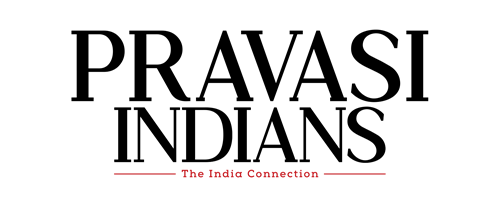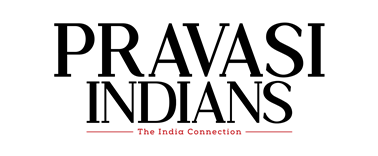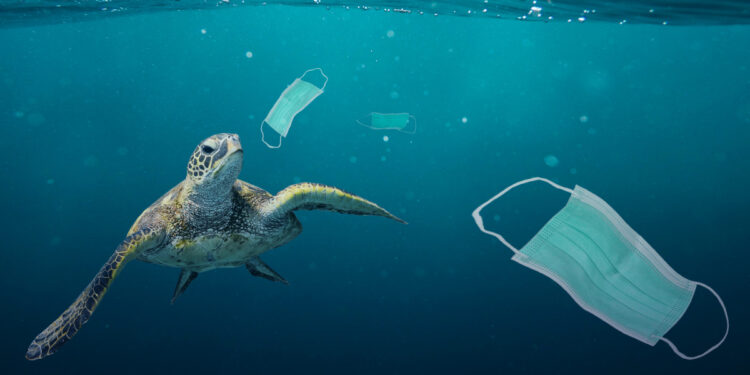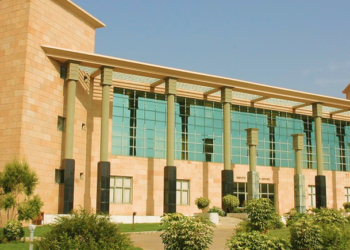
The COVID-19 pandemic has brought into focus the perils of over-exploitation of natural resources. Proximity with wildlife through trade, hunting, or habitat loss is leading to risks of outbreaks of viral pandemics…
By Muqbil Ahmar
As societies across the world grapple with one of the most extraordinary pandemics in the history of mankind, the focus is back on man’s relationship with nature and the fact that it needs to be symbiotic and not exploitative. The disastrous COVID-19 pandemic indicates the catastrophic costs of the loss of ecosystem. Optimum environments can lead to the growth and evolution of virus such as the coronavirus and provide them with the perfect grounds to breed as well as continuously evolve its virulence. Ideal circumstances could have been created due to the loss of space for natural habitat for wildlife and by extension other organisms that are closely connected with those ecosystems.
This unprecedented health emergency is forcing human societies to reconsider man’s association with natural bionetworks and how changes in biodiversity can amount to interfering in delicate balances in the ecosystem and could end up opening the Pandora’s Box of diseases and natural epidemics. Therefore, the interrelationship between the human race, on one hand, and biodiversity, on the other hand, needs to be studied with a new perspective. In fact, empirically speaking new evidence continues to emerge of the connection between exploitation of natural resources, particularly wildlife, and pandemics. Proximity with wildlife through trade, hunting, or habitat loss can endanger the existence of mankind and lead to increased risks of outbreaks of new strains of viruses.
The coronavirus is supposed to have existed in bats. Other wild animals, such as pangolins, can act as possible intermediaries that could have played a significant role in this transmission to human beings. As per studies and reports, there are significant interconnections between a link to trade and a wildlife source. Scientists are continuously looking for fresh evidence in the form of earlier papers and reports on diseases which have made the cross-over from animals to humans.
It is high time, scientists and scholars come together and discover the mechanisms through which such transfers take place. This can then be combined with existing data on such crossovers. They should also investigate if it is related to the existential crisis being faced by wildlife. The coronavirus could be the result of such a phenomenon where the dangers of existence is forcing the development of such pathogens and leading to the outbreak of such diseases.
The shift in distribution of wildlife in order to account for anthropogenic activities and the modification of natural landscapes could also be possible reasons, which have quickened disease emergence from wildlife. This in turn could be putting us at the risk of such natural outbreaks as we are all connected globally through trade and travel.
For protection against global pandemics in the future, efforts should be made to preserve biodiversity. Particularly, interference and regular associations with wild animal species need to be minimised. Steps are needed to conserve nature for the better health of the planet.
(The author is Editor-in-Chief and Founder at greenubuntu.com,
a website focussed on environment)








